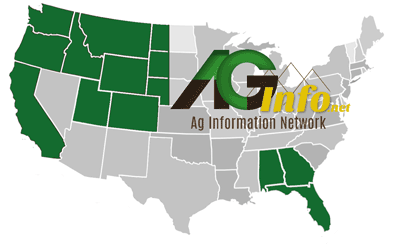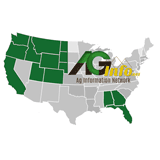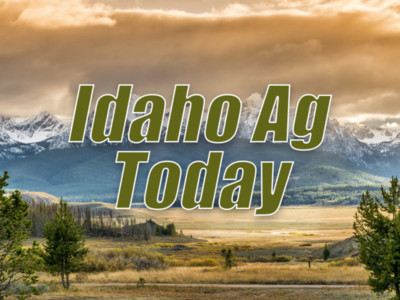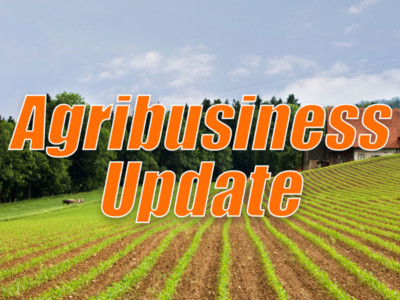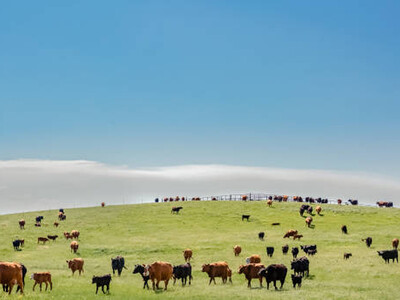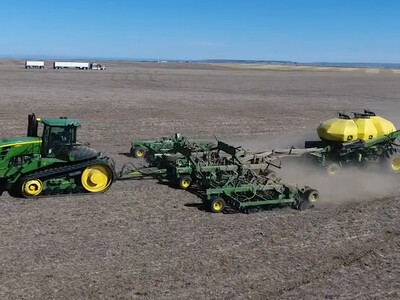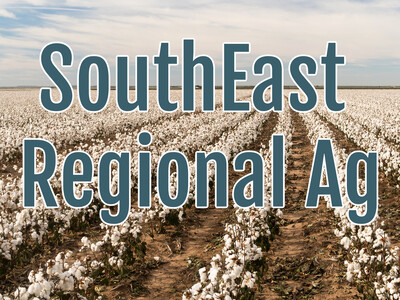Virtual Fencing 2
Virtual Fencing works like an invisible fence for pets but at a much larger scale for livestock management on private, state or federal rangelands.It’s been particularly helpful for livestock producers in various parts of Idaho after wildfires burn rangelands they depend on for grazing on state or federal lands because they can graze cattle with more precision, using Virtual
Fencing boundaries. Virtual Fencing also can be used to keep livestock out of riparian areas or areas with sensitive endangered species issues.
But there are significant start-up costs involved, and ideally, it takes a team effort between ranchers, state and federal agency officials, technical experts and Virtual Fencing companies to make things work, according to ranchers and agency officials who have used the technology so far.
Jay and Chyenne Smith, who own the J Lazy S Ranch north of Salmon, worked with a research team at the University of Idaho, and range staff
at the Salmon-Challis National Forest and Bureau of Land Management,
to set up a Virtual Fencing project
on spring, summer and fall range in 2023 and 2024.
The project really shined in allowing the Smiths to graze cattle in the Diamond-Moose Allotment in the Salmon-Challis National Forest immediately following the massive 130,000-acre Moose wildfire.
“After the Moose Fire, the standard Forest Service answer was to
stay home for 2-3 years,” said Jay Smith. “We went up there and did a self-survey, in the fall of ‘22, we could see with our own eyes that approximately 40,000 of the very best acres were unburned or lightly burned. With that much good forage, staying home for 2-3 years did not feel like the right answer to me.”
“So I reached out to the University of Idaho, and I said, hey, maybe this is the right time to negotiate a deal to not leave all that grass on the table.”
Turns out, the University of Idaho was eager to support the Virtual Fencing project. Joel Yelich, a Ph.D. Senior Livestock Researcher at the Nancy M. Cummings Research, Extension and Education Center in Salmon, jumped in with both feet.
“Not only did they have professional staff and knowledge-base to help us get going and manage the Virtual Fences, they had the connections, time and resources to help us apply for grants and get funding. We would not have been able to do this without the University of Idaho,” Smith said.
The Forest Service and Bureau of Land Management also were helpful by investing in Virtual Fencing base stations to assist in the project. Base stations cost about $10,000-$15,000 each.
In the hot, dry summer of 2024, wildfires in multiple parts of Idaho had a major impact on state and federal grazing lands. That caused
at least one Idaho ranch family to turn to Virtual Fencing technology to graze livestock around burned areas on BLM lands last fall near King
Hill. Several ranchers are looking to use Virtual Fencing to graze areas suitable for grazing post-burn inside the Lava Fire zone in the summer of 2025 near Cascade.
In a similar vein, Payette National Forest range management officials have been working with the OX Ranch to allow grazing in the Crooked River area following the Woodhead Fire in 2020. They set up Virtual Fencing boundaries to protect bull trout in the riparian areas along the Crooked River in Hells Canyon.
“We planned it out in advance and it worked amazingly well. It kept the cows out of the riparian area,” said Andy Bumgarner, range management specialist for the Payette National Forest. “We are super excited about it.”
That said, Virtual Fencing may not work for everyone. Cell tower reception is required for some Virtual Fencing brands such as VENCE – that rules out a number of remote areas. The costs for Virtual Fencing base stations can
be prohibitive for individual ranch owners to shoulder. But in instances where the Forest Service or BLM can step up to help cover the cost of base stations, that can make projects affordable for producers.
